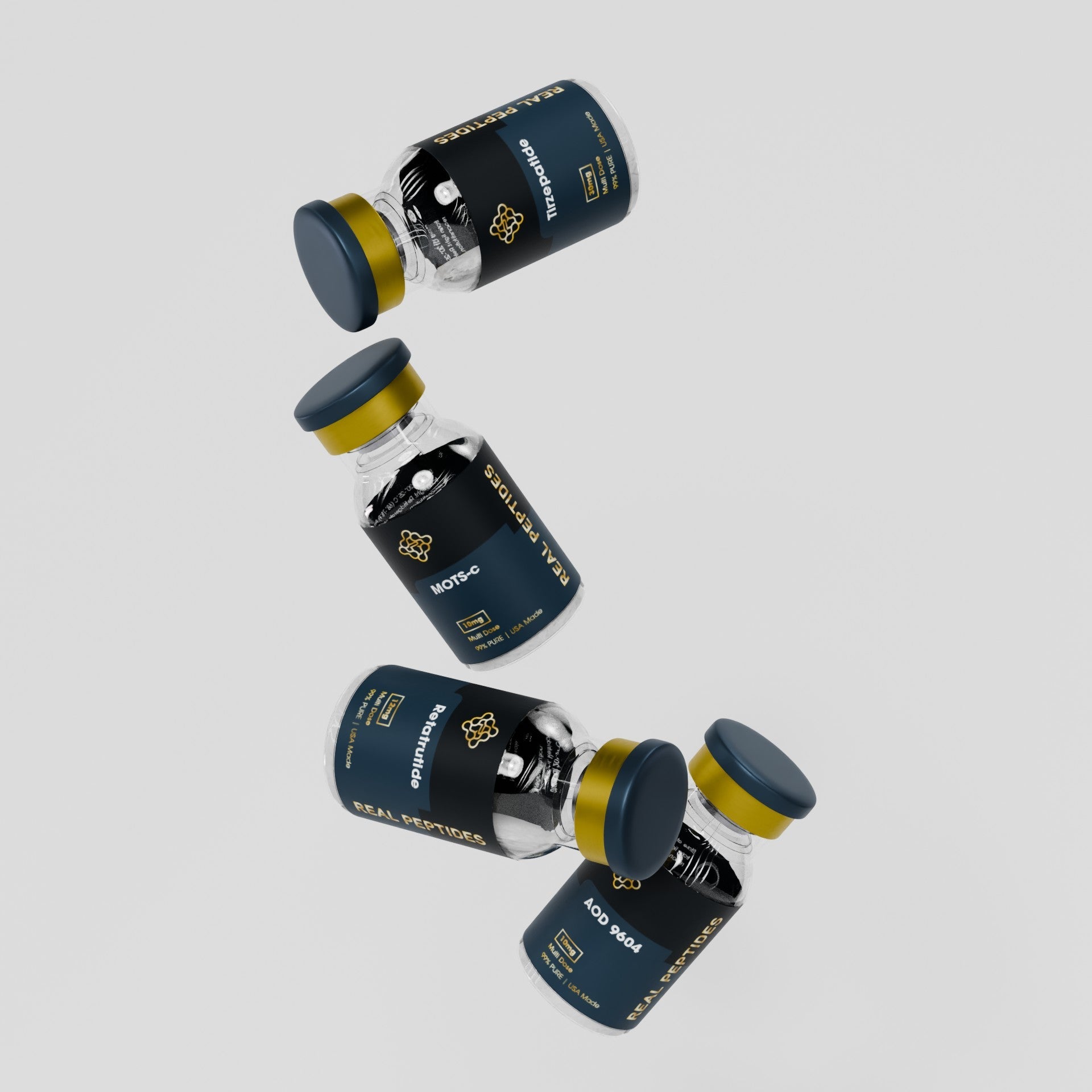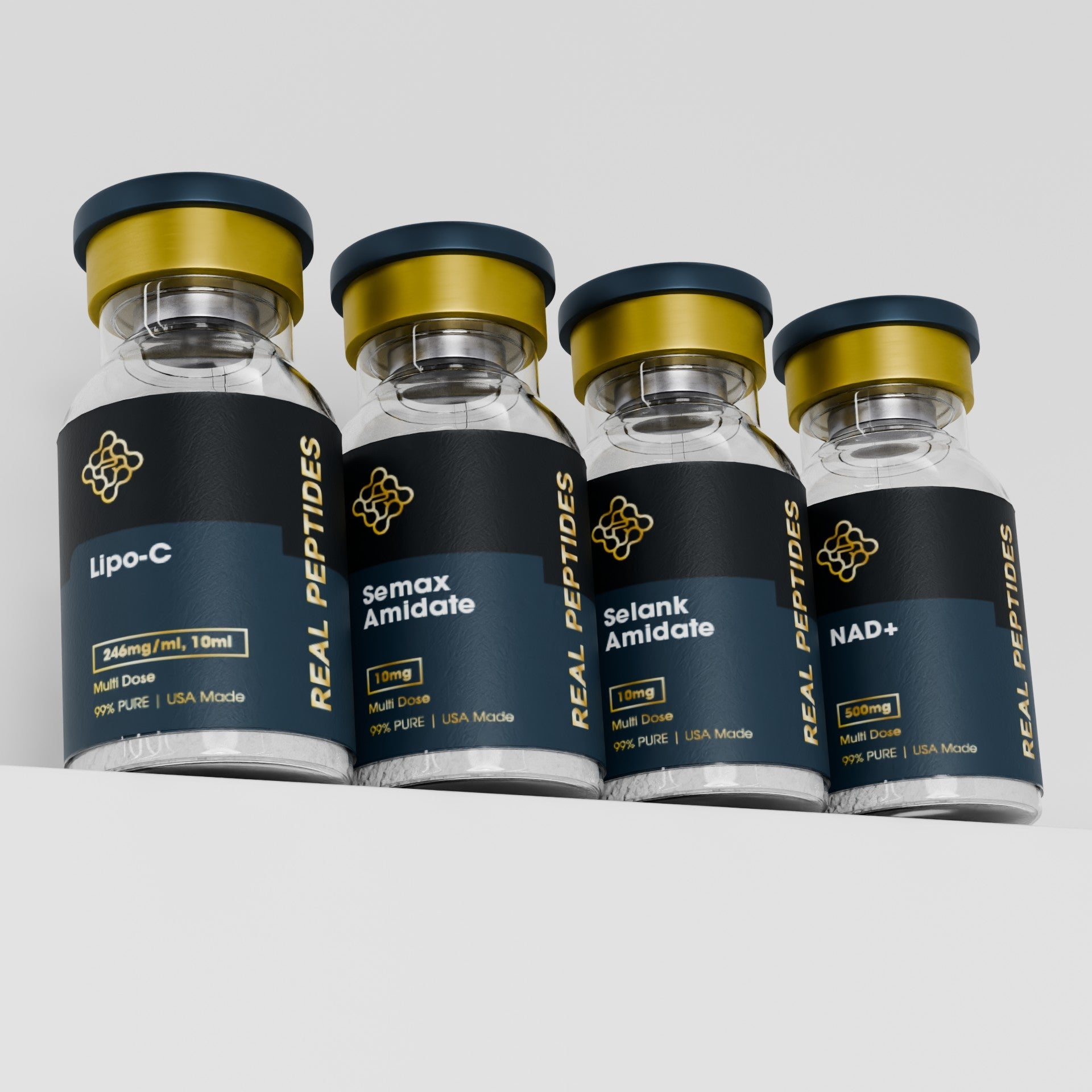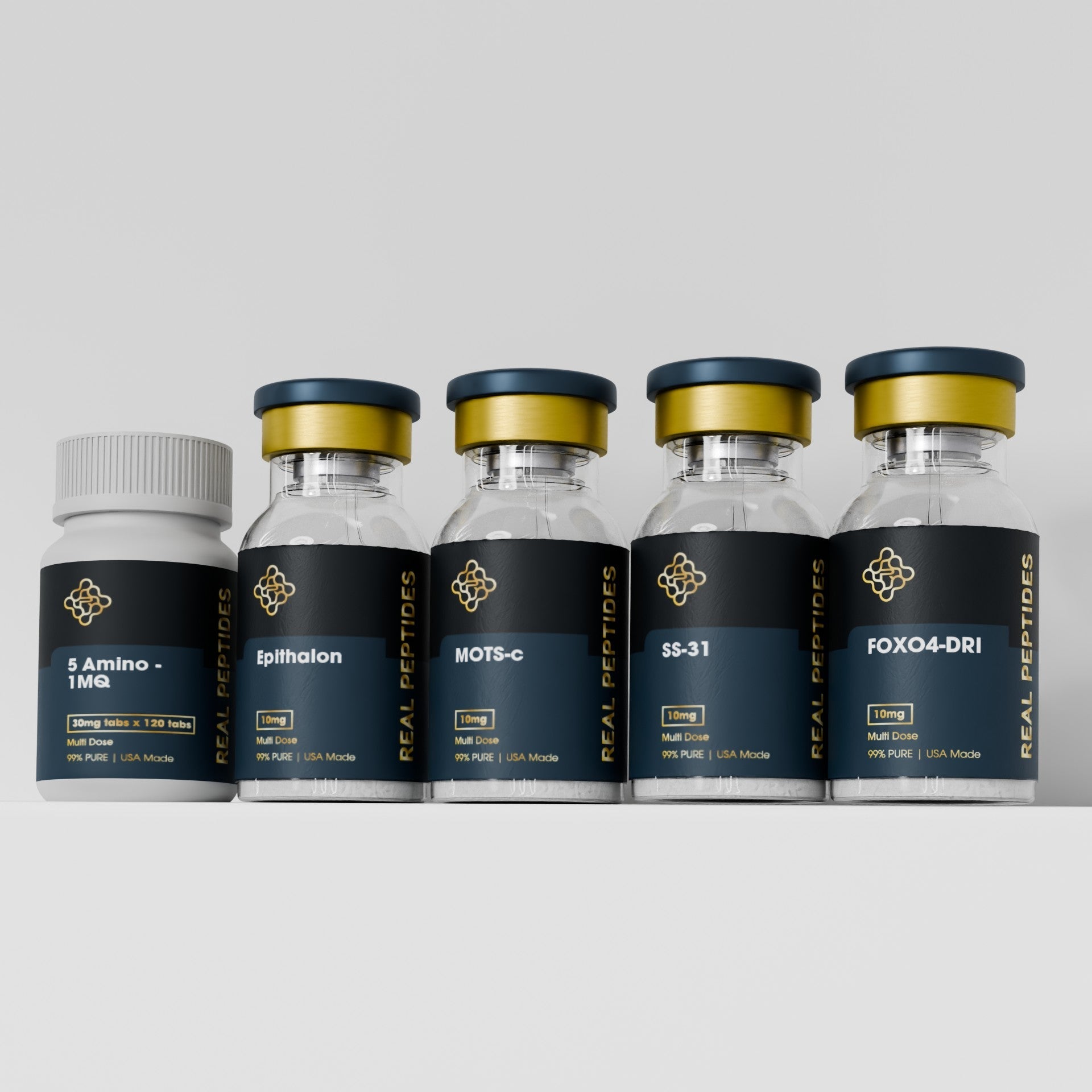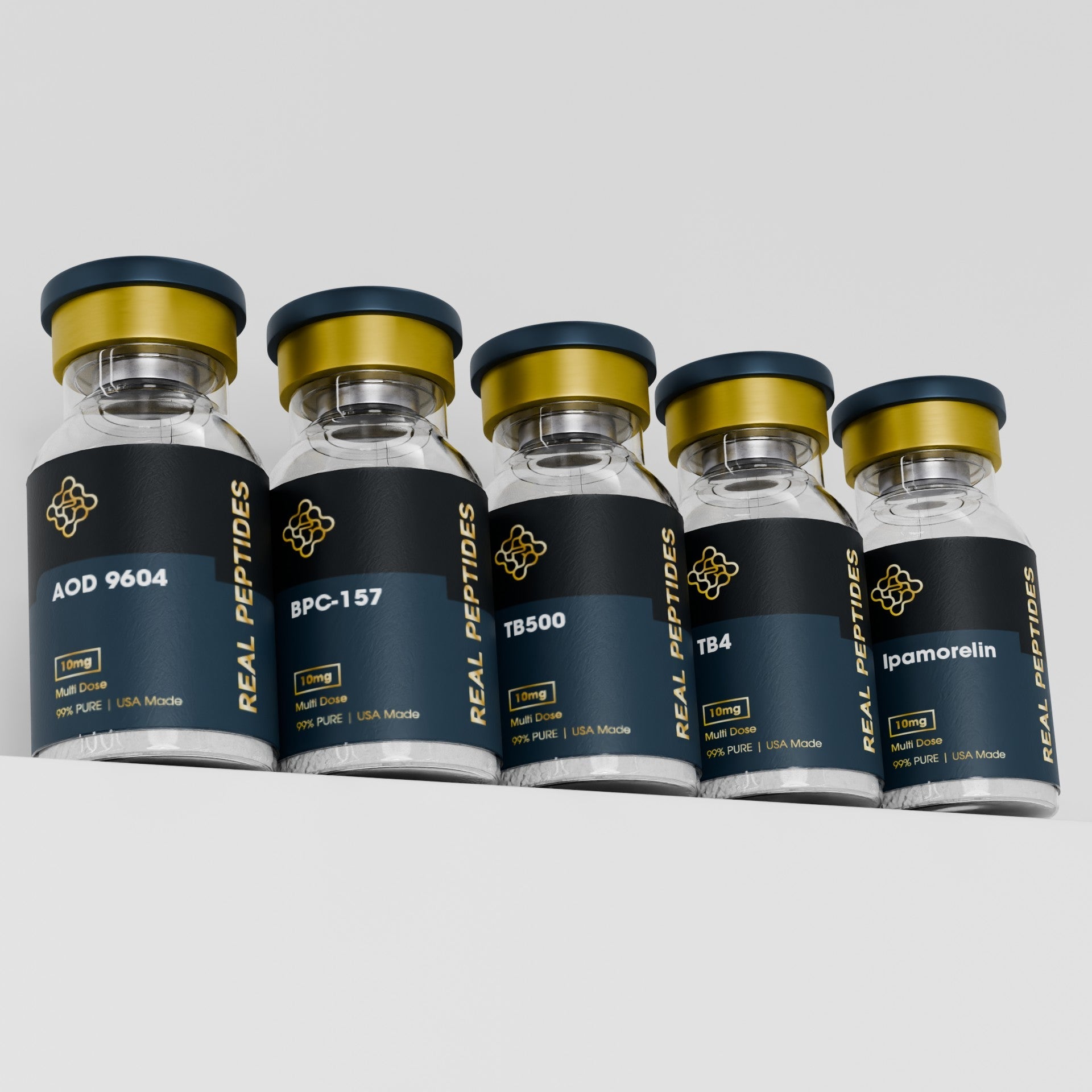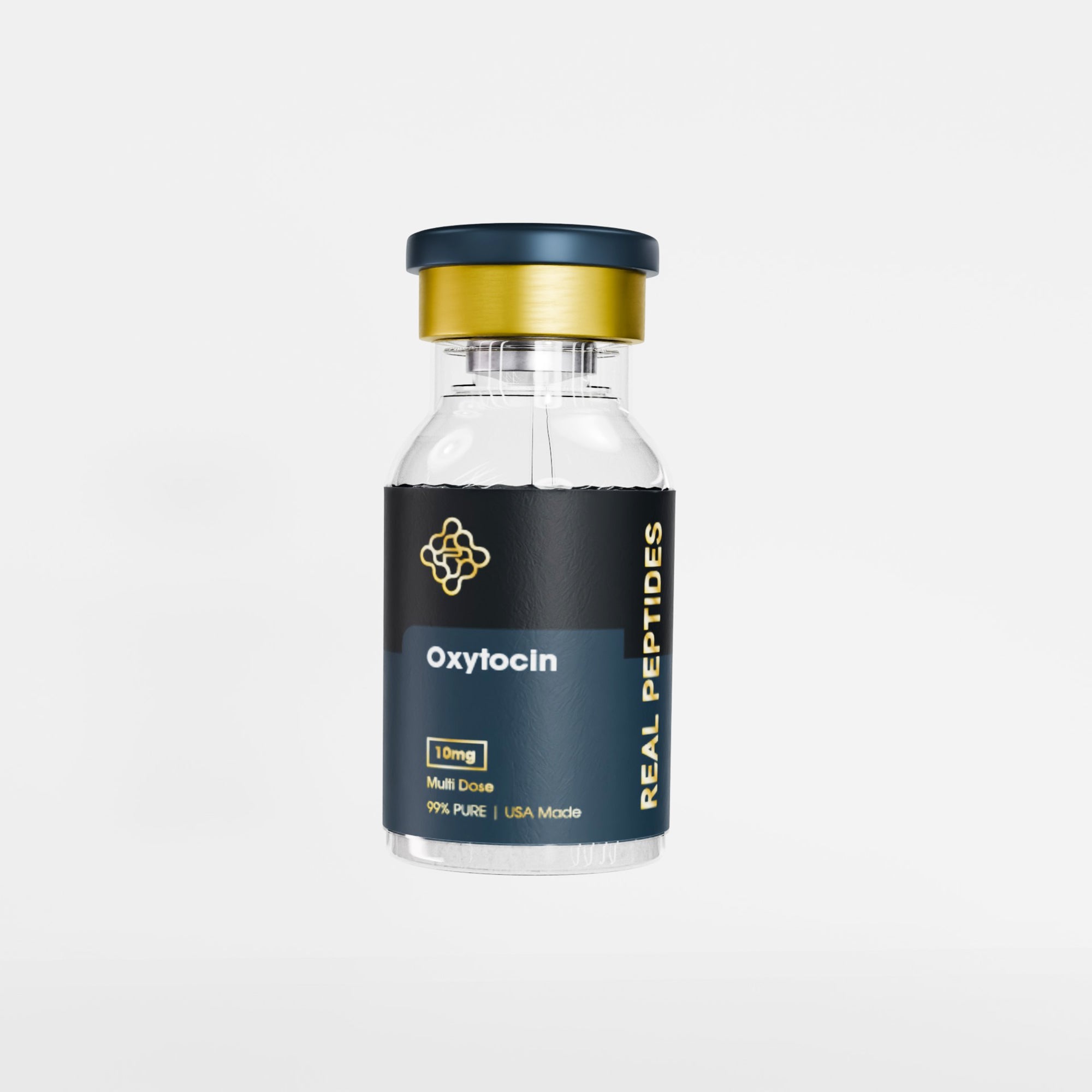
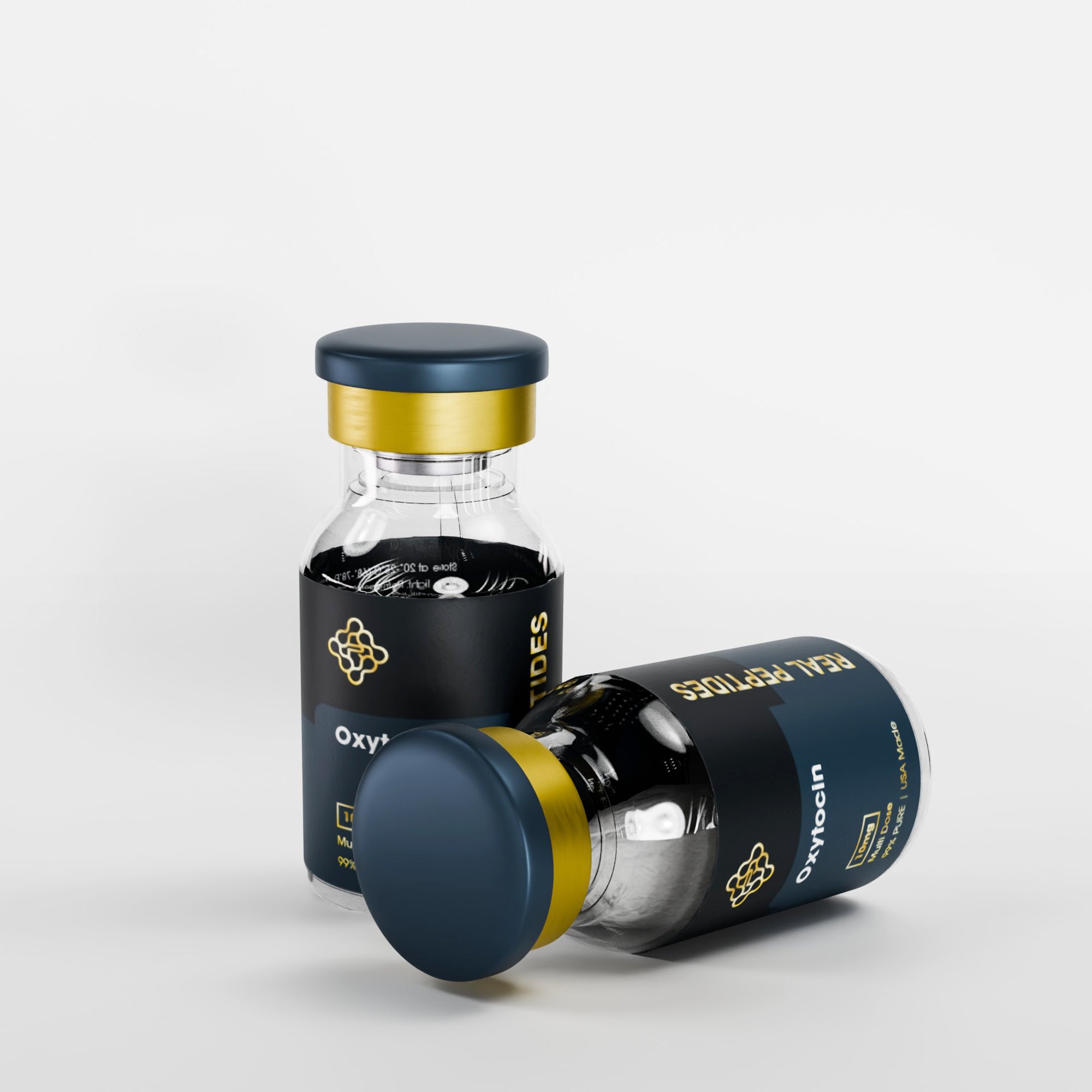
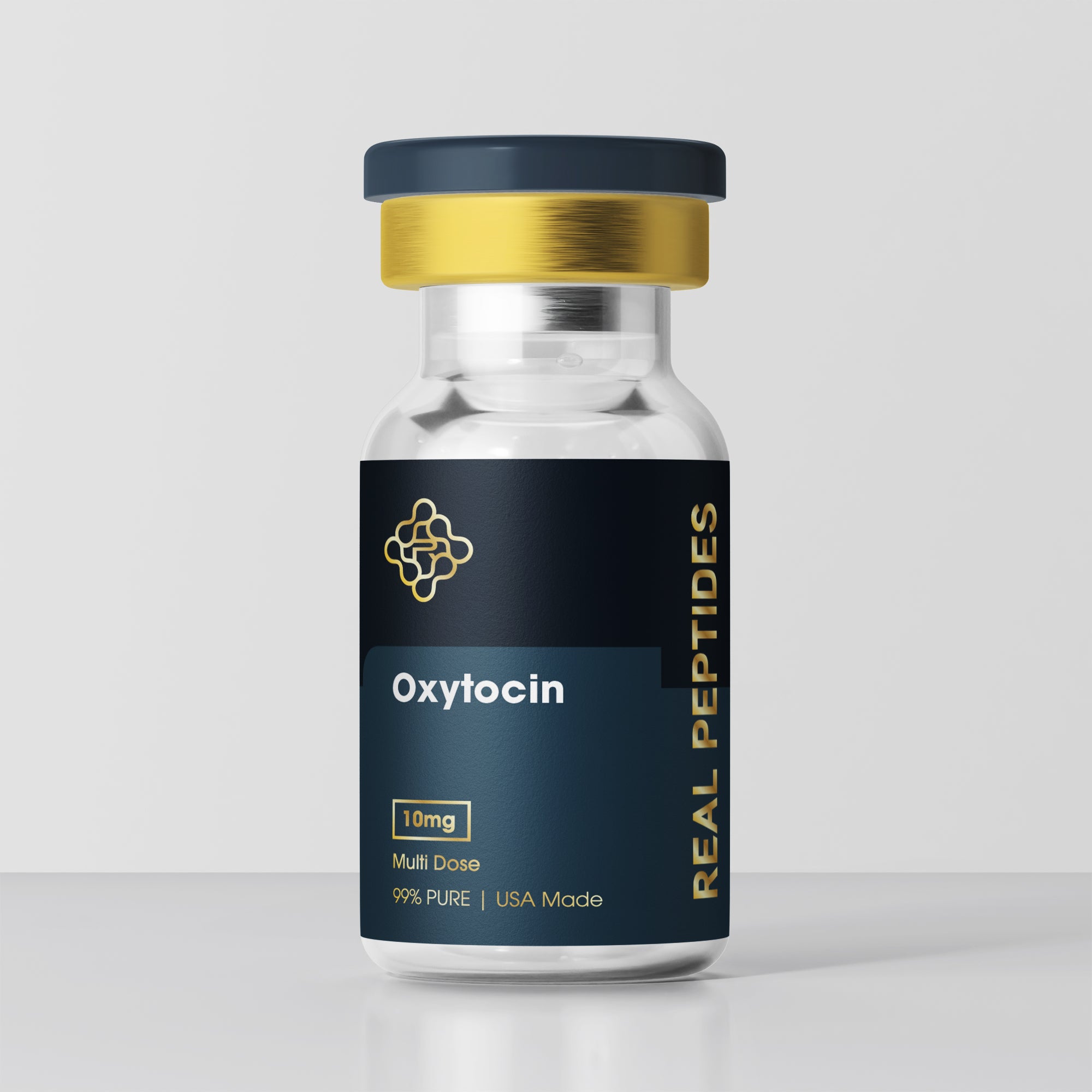
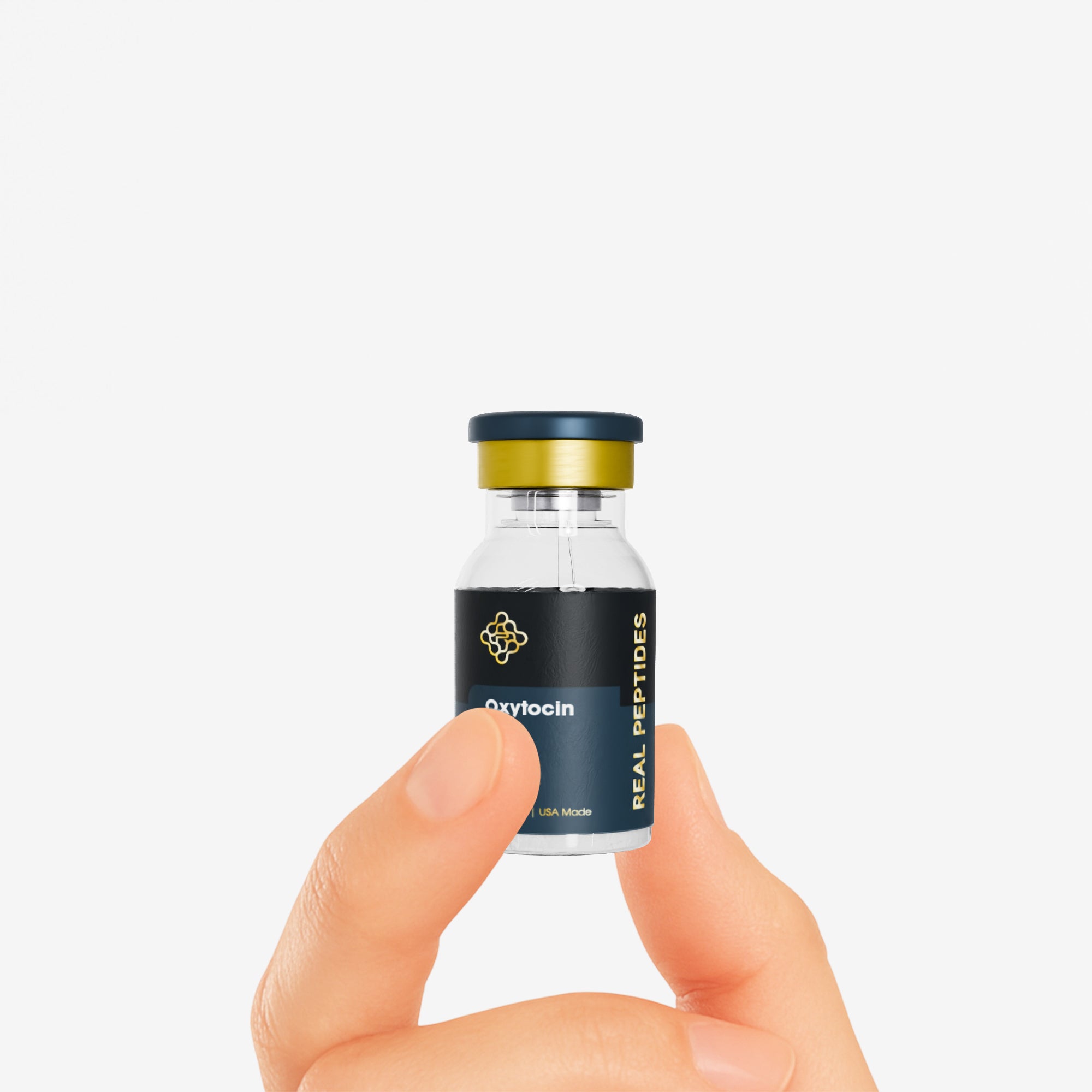
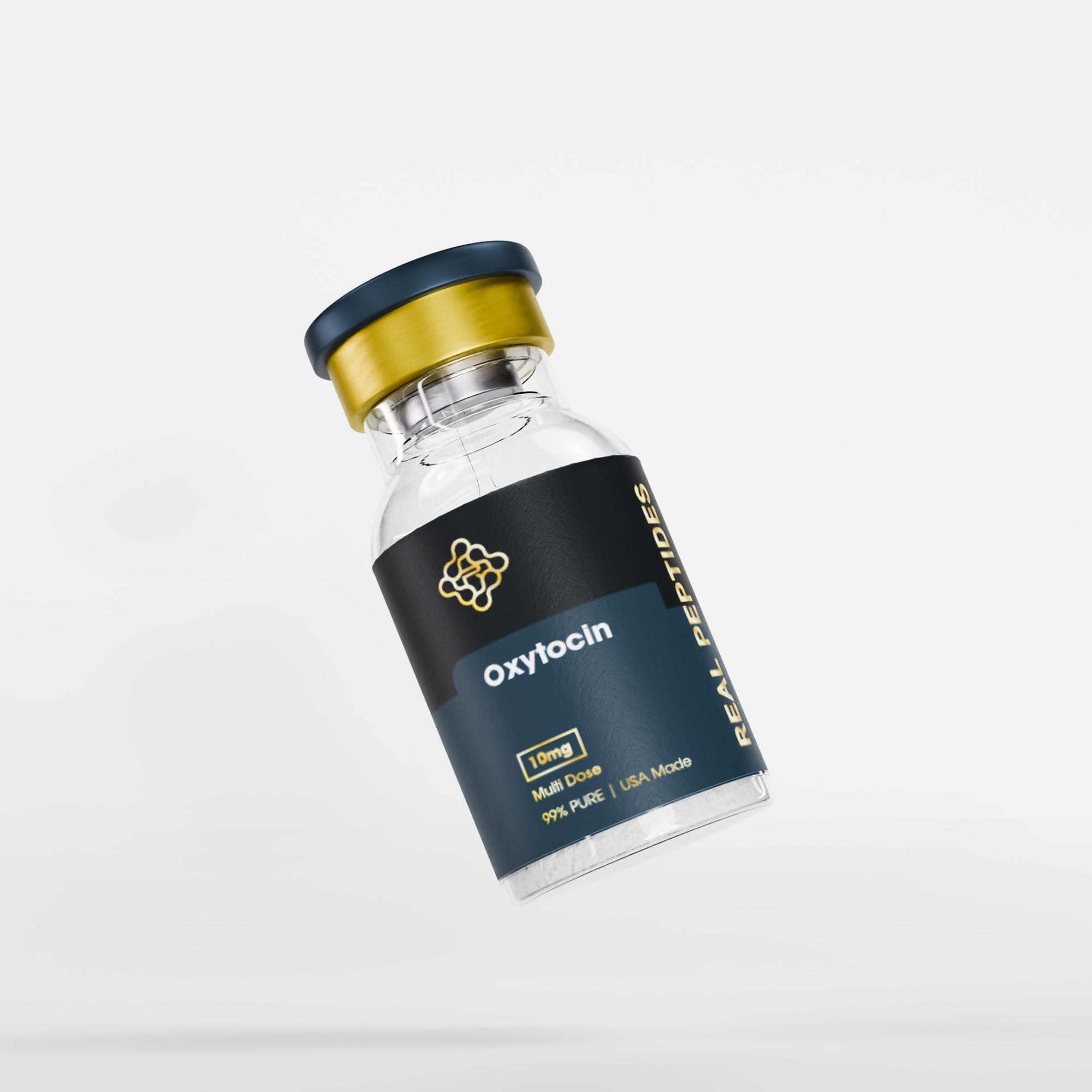
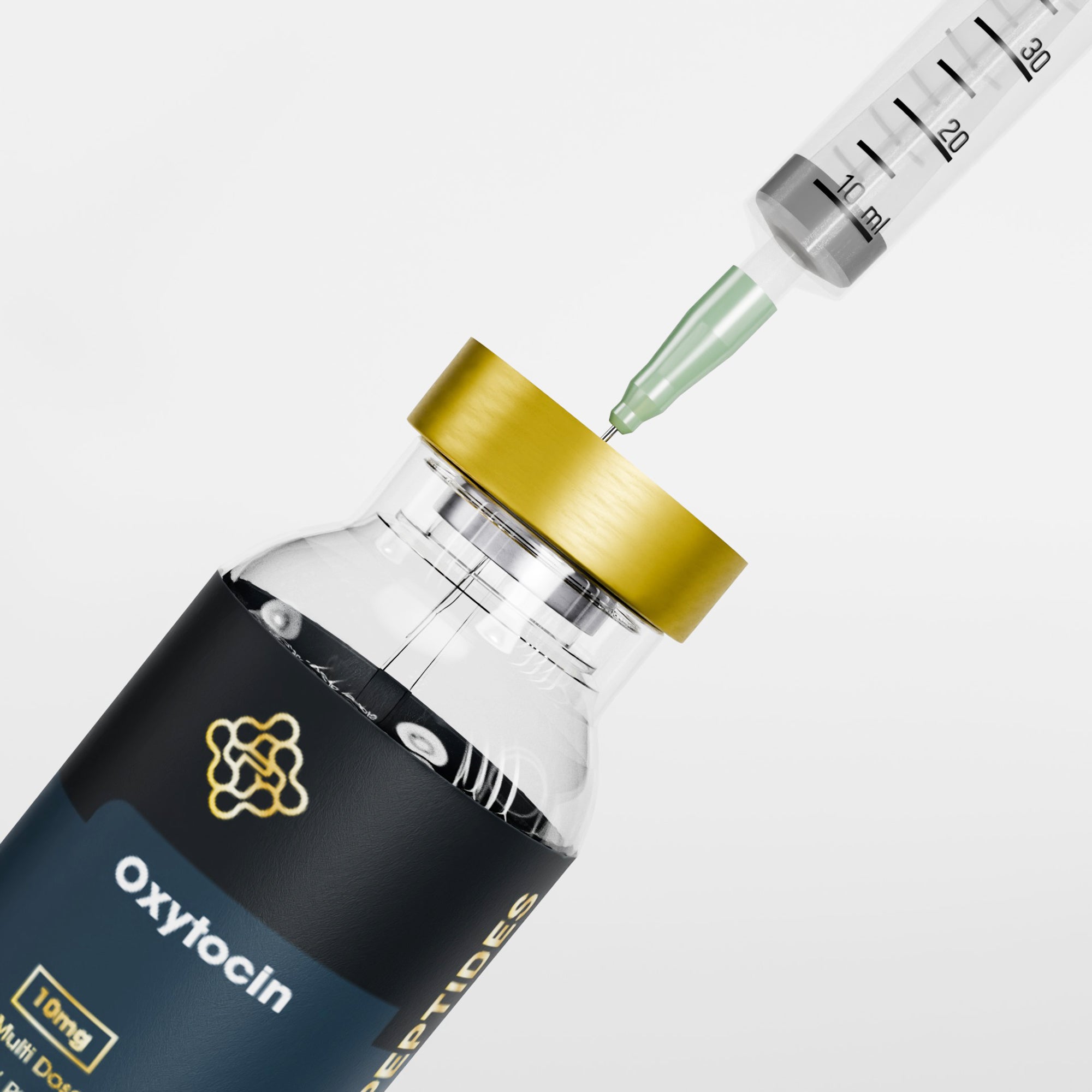
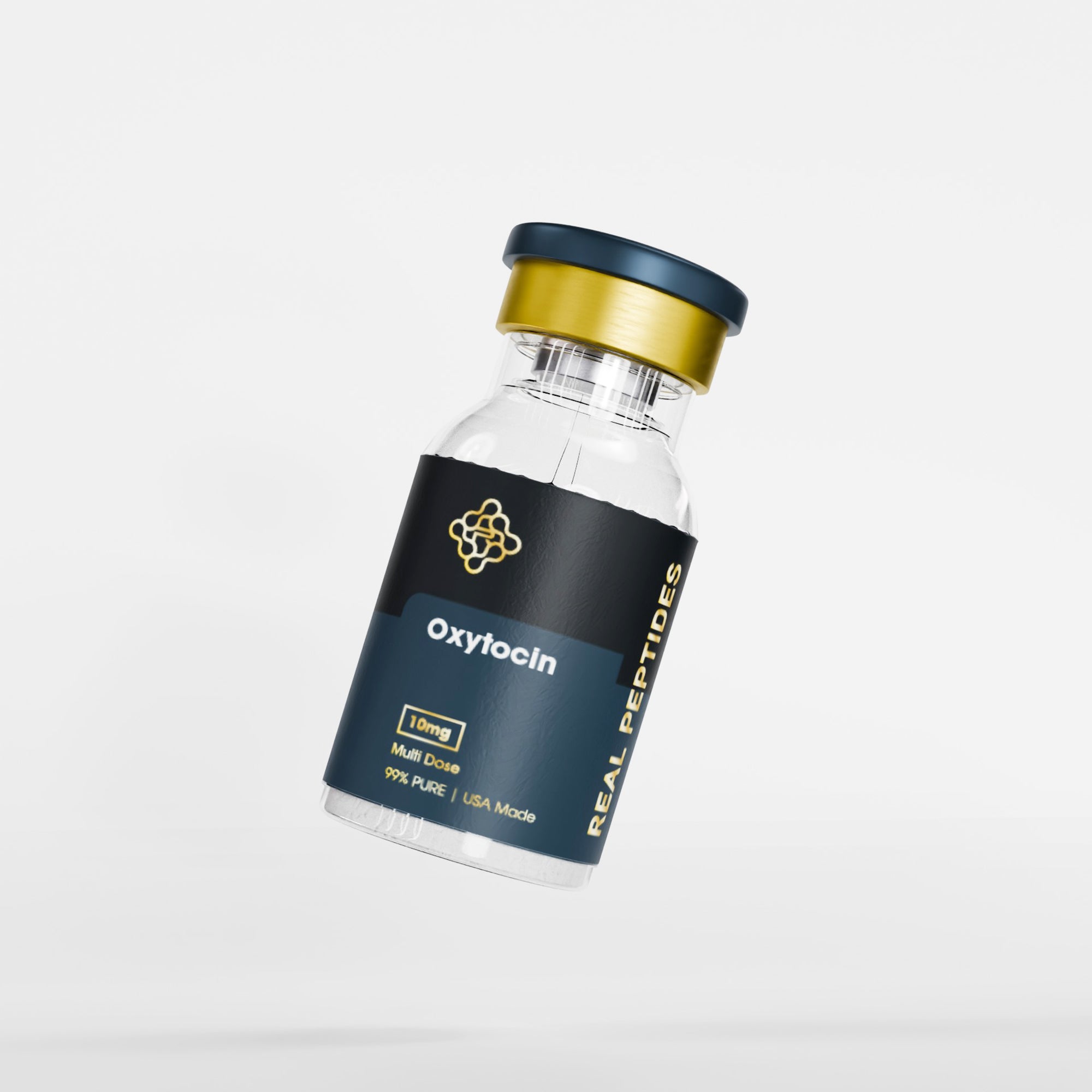
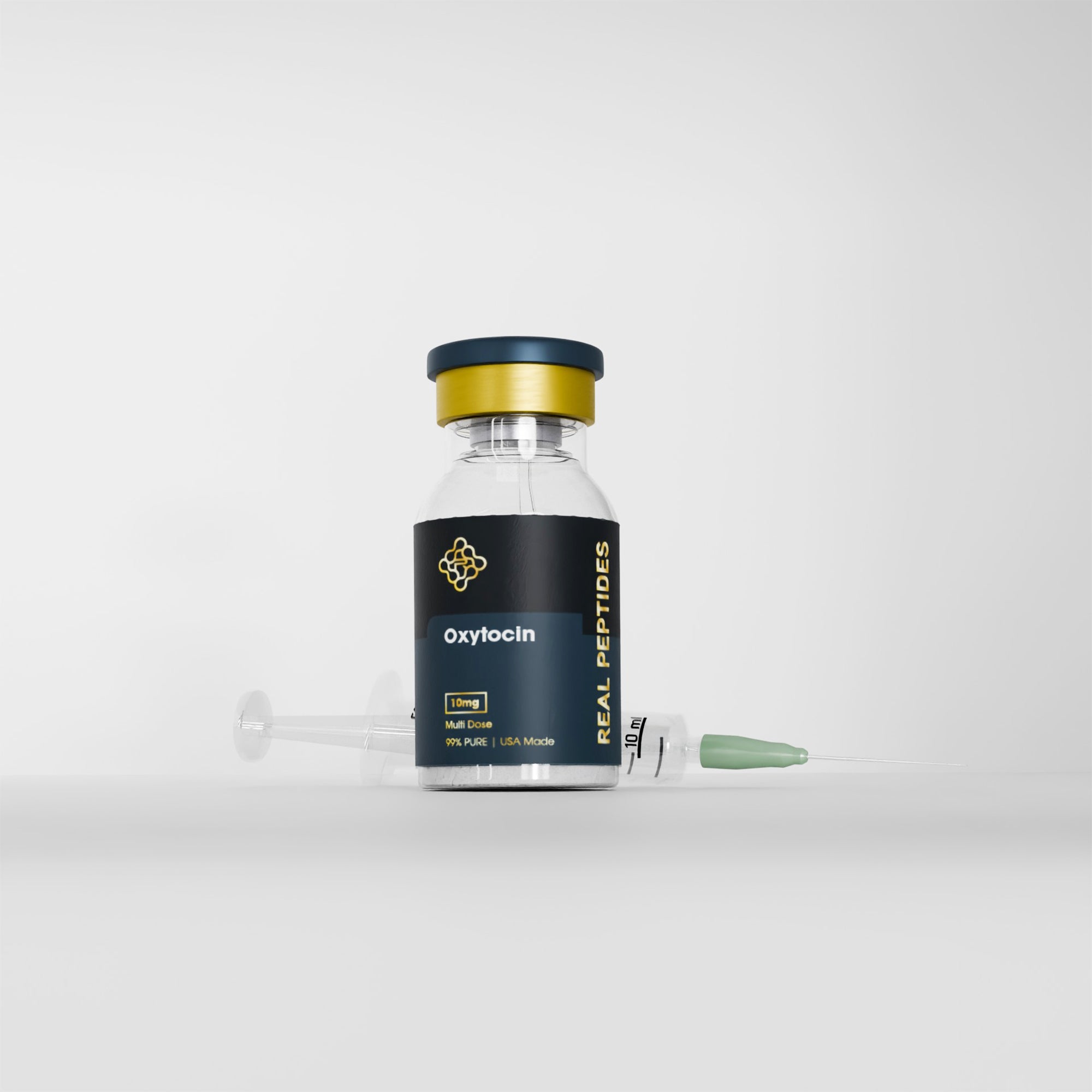
Oxytocin
Oxytocin is the go-to peptide for labs exploring social-behavior cues, stress-response pathways, and neuroendocrine signaling. Each 5 mg vial delivers a ready-to-use, high-purity peptide that reliably triggers oxytocin-receptor activity in cell cultures and animal models—no extra hormones, no guesswork. Made in the USA, HPLC-verified at ≥ 99% purity, and endotoxin-screened (< 0.1 EU/mg), Oxytocin gives you clean, reproducible data every time.
⚠️ Important Disclaimer
For Research Use Only. Not for human consumption or therapeutic treatment.
Pairs well with
Peptides are not ready to use. Must purchase BAC water for reconstitution.
Oxytocin
KEY HIGHLIGHTS
Social-Behavior Modeling
Activates oxytocin receptors in neuronal cultures to study bonding and social-interaction pathways.
Stress-Response Assays
Modulates HPA-axis markers in rodent stress tests, offering a tool for resilience and anxiety research.
Neuroendocrine Signaling
Provokes clear downstream signaling (e.g., pERK, Ca²⁺ flux) in oxytocin-receptor cell lines.
Pair-Bonding Protocols
Used in rodent co-habitation models to map partner-preference and affiliative behaviors.
Receptor-Specific Action
High affinity for OXTR ensures your results stay focused, with minimal off-target receptor activity.
Ready for Lab Use
Lyophilized powder—reconstitute in sterile water, store at 2–8 °C, and use within 7 days.


What Is Oxytocin Peptide?
Oxytocin is a naturally occurring nine-amino-acid neuropeptide best known for its role in social bonding and stress regulation. In research settings, Oxytocin peptide is used to probe attachment behaviors, anxiety-related pathways, and neuroendocrine feedback with precision and consistency.

Why Choose Oxytocin?
Choose Oxytocin when you need a straightforward, single-reagent solution for social-behavior and stress-response studies. Its reliable receptor activation produces clear, dose-dependent effects—whether you’re mapping partner-preference in rodents or tracking calcium-signaling in neurons. Manufactured under ISO-certified conditions and verified to ≥ 99% purity, Oxytocin ensures your experiments run smoothly every time.

What Sets Oxytocin Apart?
Unlike broader neuropeptide mixtures, Oxytocin offers high receptor specificity and rapid onset, giving you tight temporal control over social-behavior and stress-axis protocols. Its clean, short-acting profile minimizes confounding variables, so you can focus on the biology—without extra hormones muddying your data.
Oxytocin FAQs
What is Oxytocin peptide used for in research?
To study social bonding, stress responses, and neuroendocrine signaling in cell and animal models.
How quickly does Oxytocin trigger receptor activity?
Downstream signaling (pERK, calcium flux) can be observed within minutes in cell assays.
Can Oxytocin modulate stress pathways?
Yes—rodent stress tests show altered corticosterone and anxiety-index markers after Oxytocin dosing.
How do I prepare Oxytocin peptide?
Reconstitute in Sterile Water for Injection, mix gently, then use immediately or store at 2–8 °C.
What storage conditions are required?
Keep powder at – 20 °C; use reconstituted solution within 7 days at 2–8 °C.
Does Oxytocin affect other hormones?
It’s designed for OXTR specificity, avoiding off-target effects on vasopressin or HPA-axis hormones.
Can Oxytocin be combined with other peptides?
Yes—often paired with stress-modulating peptides like CRF antagonists for synergistic studies.
Is Oxytocin approved for clinical use?
No—it is strictly for research use only, not for human or veterinary applications.
Where can I buy Oxytocin peptide?
Real Peptides offers ISO-certified, USA-manufactured Oxytocin (5 mg), ≥ 99% purity, and low endotoxin—available for research use only.
What dose should I use in vitro?
Typical ranges are 10–100 nM, adjusted per cell type and experimental design.

